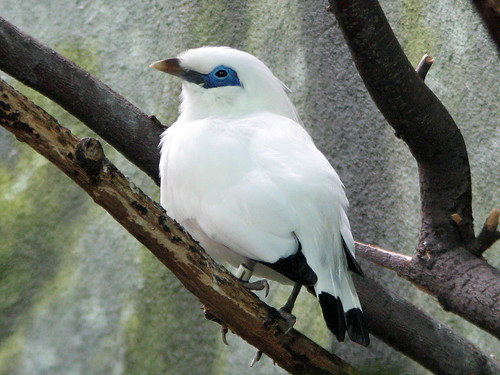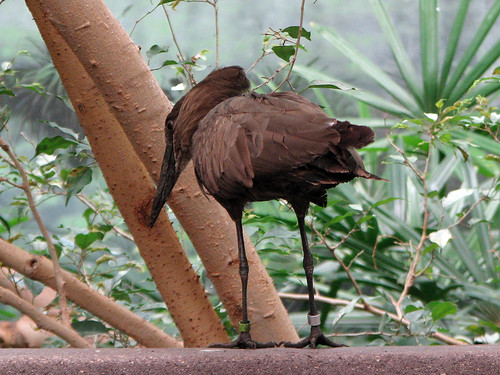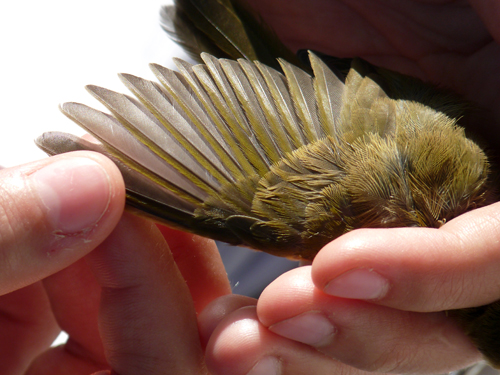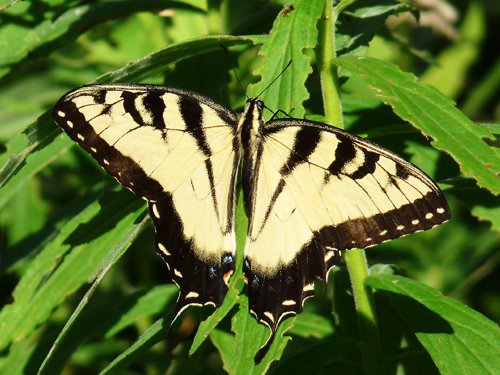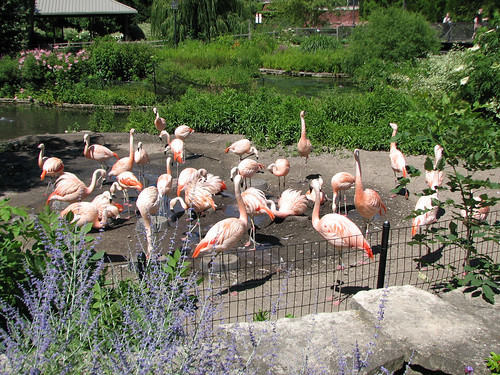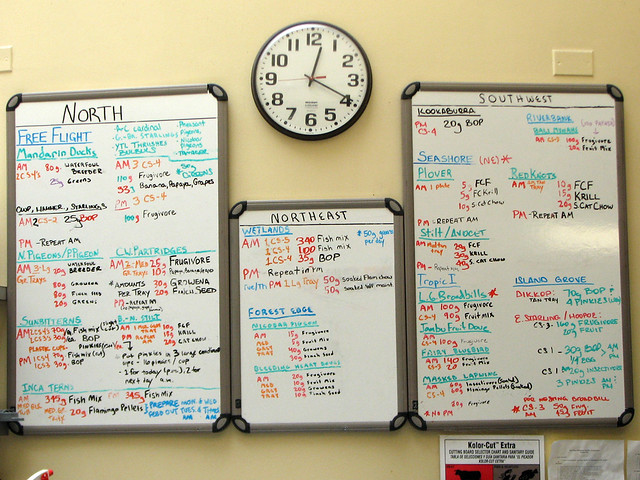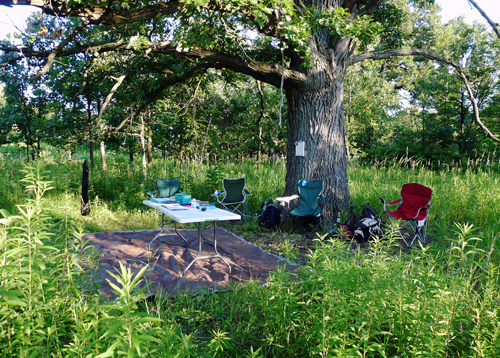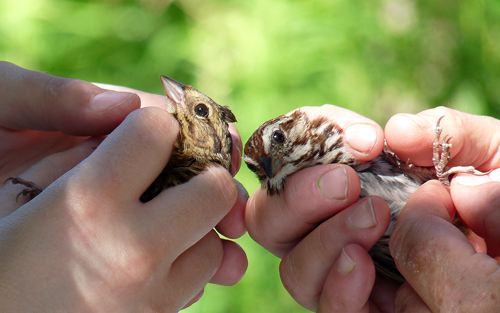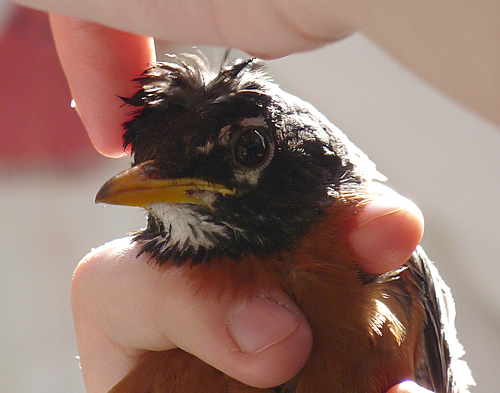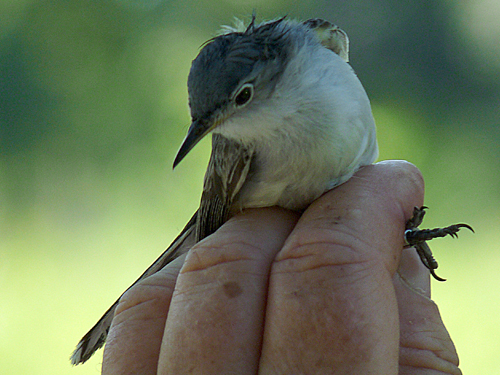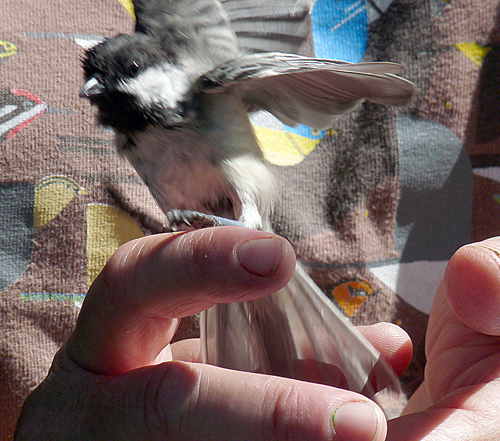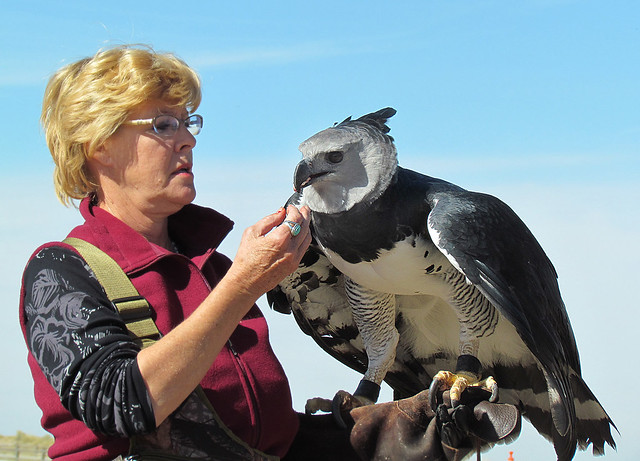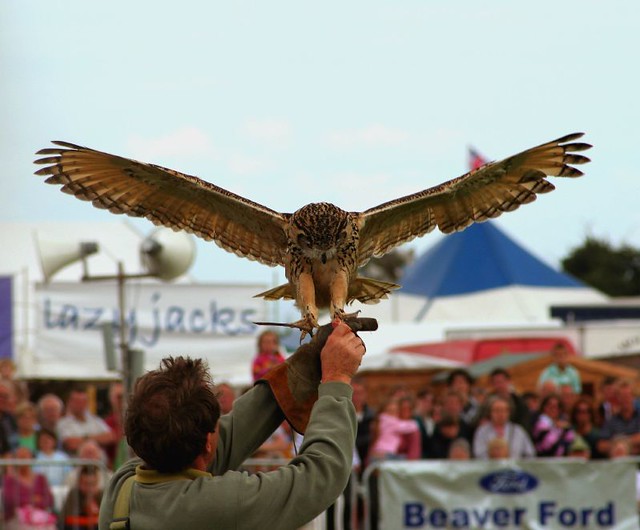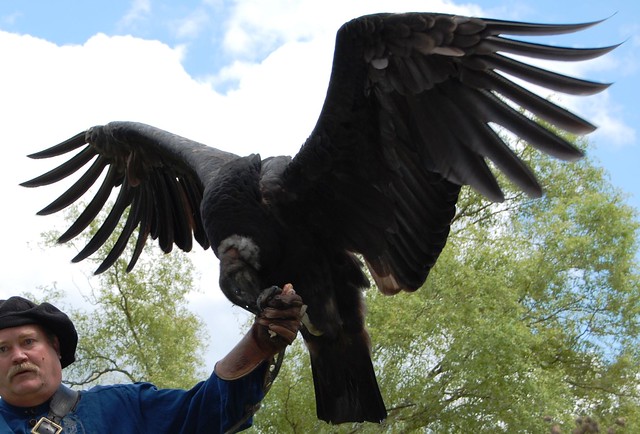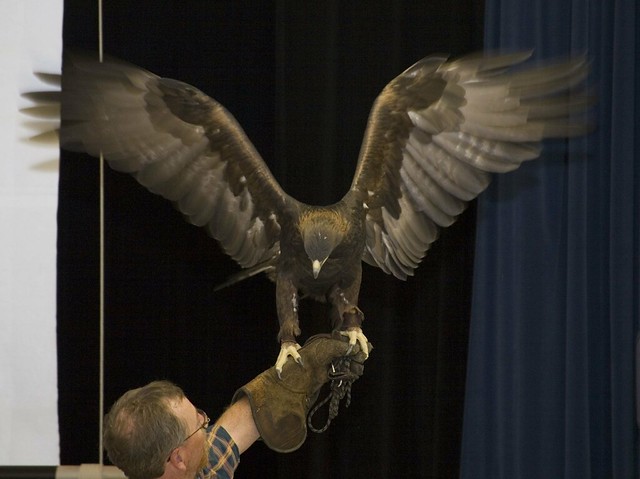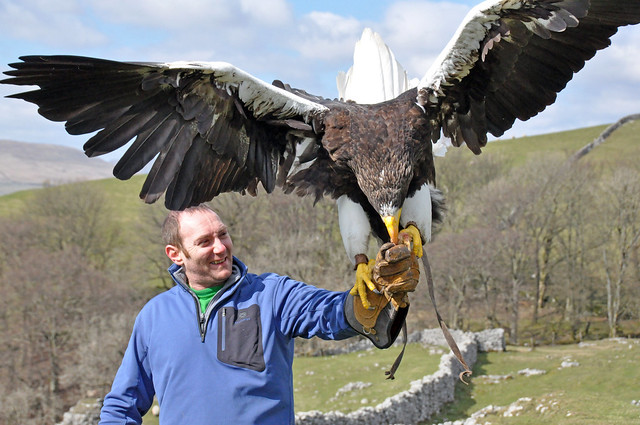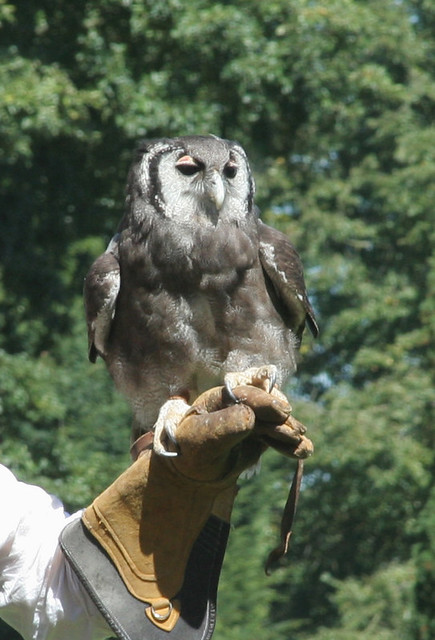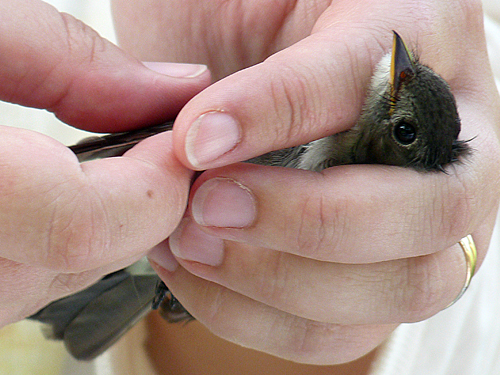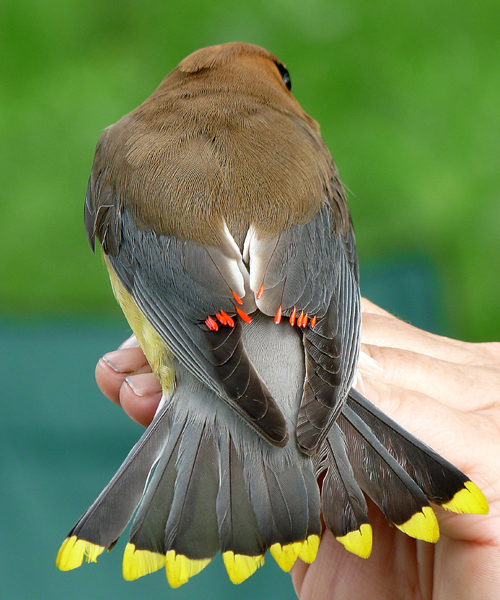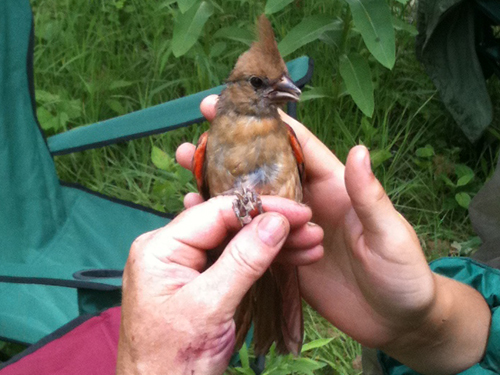Fort Sheridan’s prairie
On Sunday we walked a newly-accessible prairie trail at Fort Sheridan with Lake-Cook Audubon. Part of the former army property is managed by the Lake County Forest Preserve District, and the land is deeded to become a golf course. Locally, there is some opposition to the development, which has been on the books for years. It’s a complicated issue, and I urge local readers to learn about what’s happening at Fort Sheridan. You can also send a comment to be added to the public record by sending an email to Fort@LCFPD.org. Following our walk yesterday, I also strongly urge local birders and naturalists to visit this property before it is too late.
About 70 people, split into 4 or 5 groups, joined the bird club on the walk.

A group of birders enjoy Fort Sheridan’s newly-opened prairie
The highlight of the morning was seeing at least 10 Red-headed Woodpeckers, both adults and juveniles – easily the most RHWOs I’ve ever seen in one place.

Red-headed Woodpeckers were everywhere!
We also had great looks at a pair of American Kestrels. They were hunting huge numbers of dragonflies and being dive-bombed by Barn Swallows – what a show!

Kestrels had this view of Lake Michigan from Fort Sheridan’s prairie
There were also screaming Red-tailed Hawks, fly-catching Eastern Kingbirds and Eastern Wood-Pewees, and plenty of grassland species like Bobolinks, Savannah Sparrows and Eastern Meadowlarks.

Eastern Meadowlark
The great birds, perfect company, sunny skies and break in the recent heat and humidity made it a fabulous morning out in the field!







